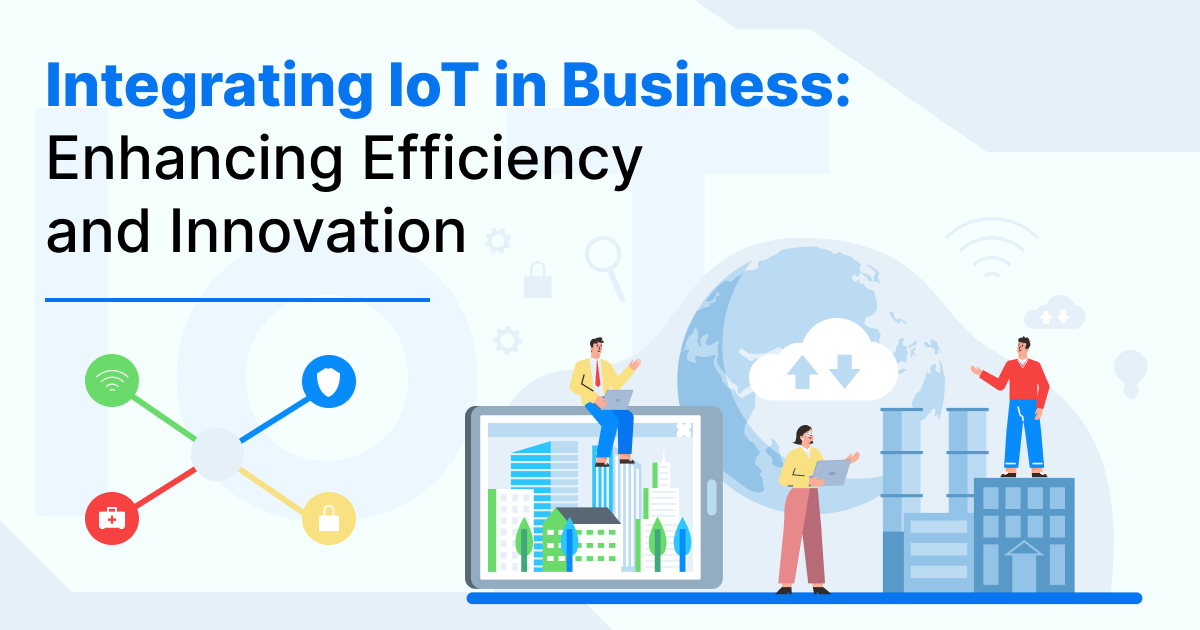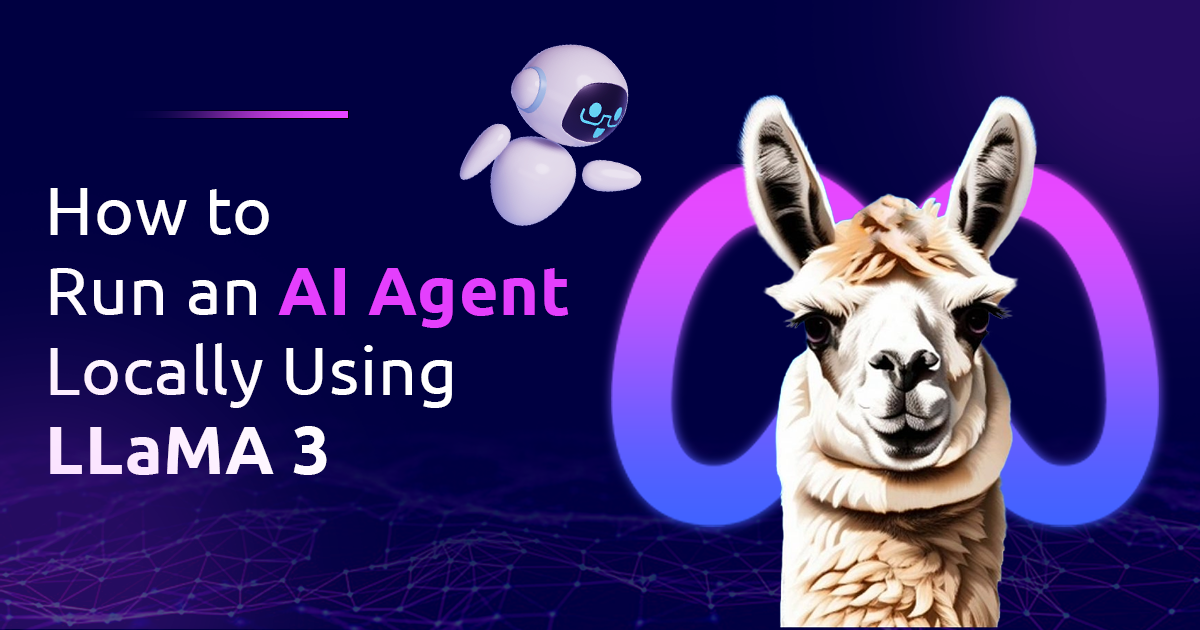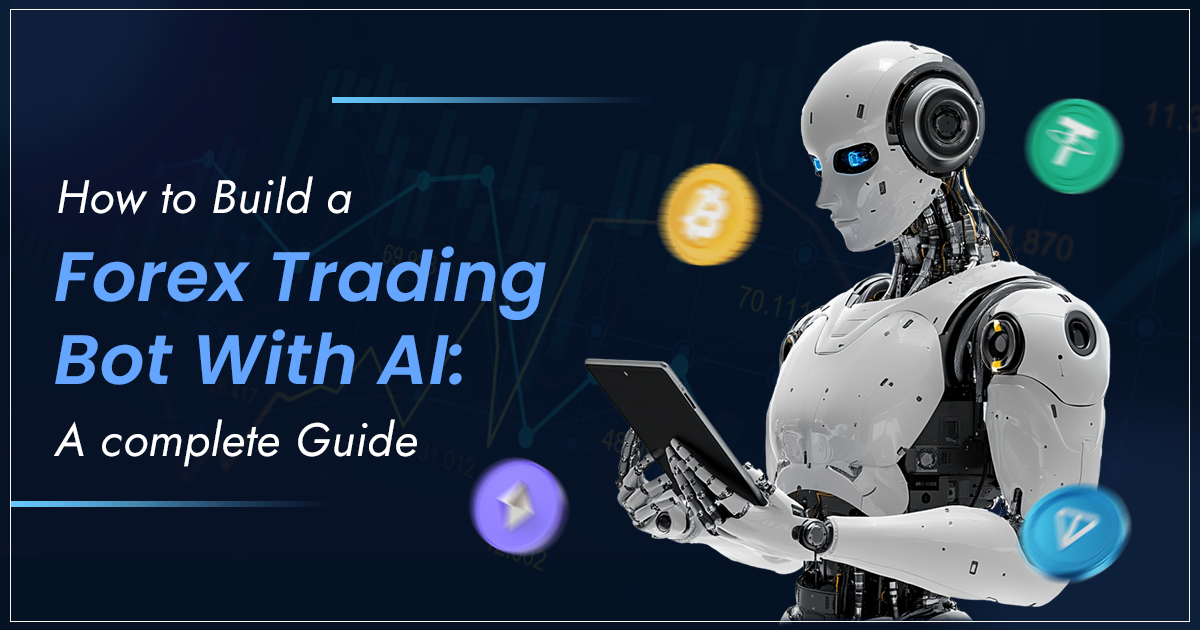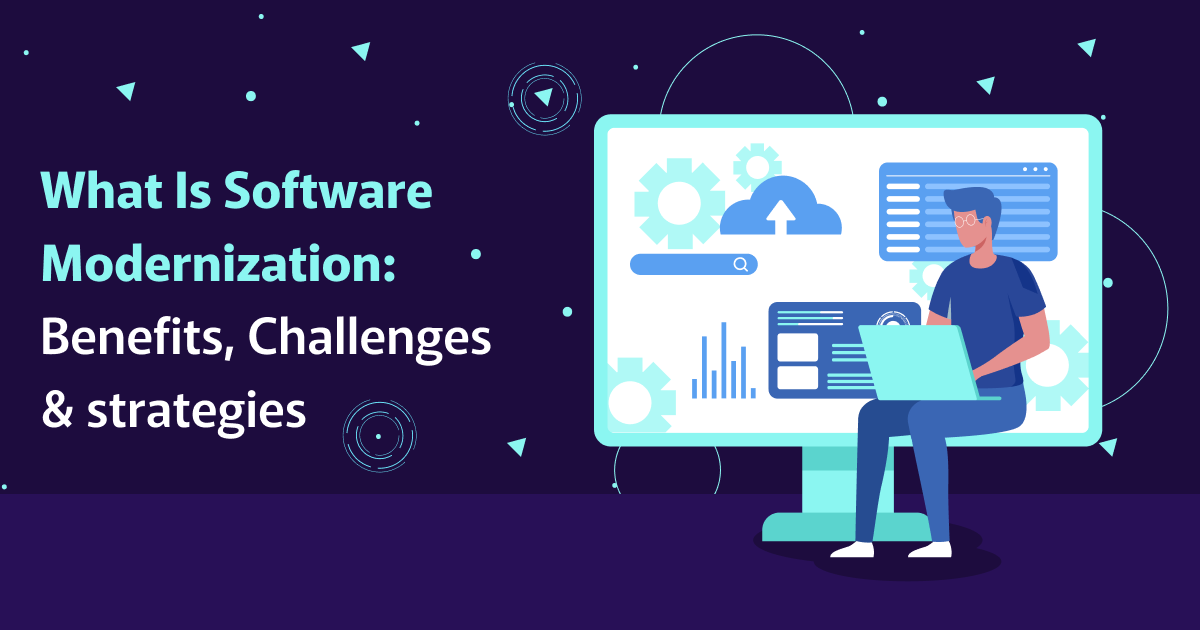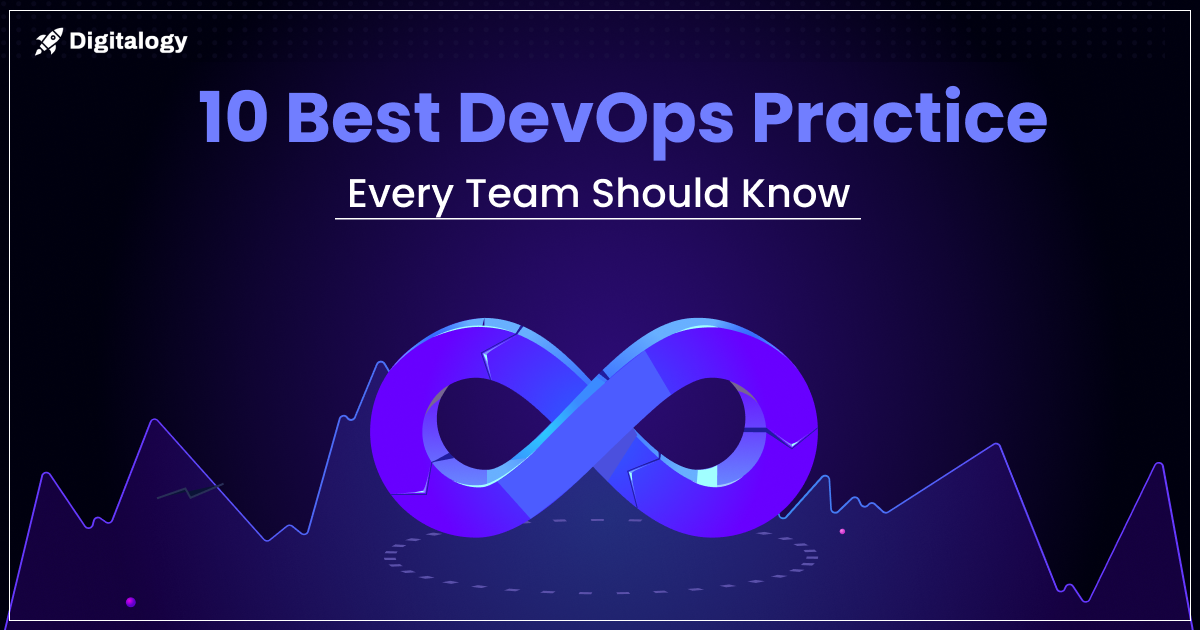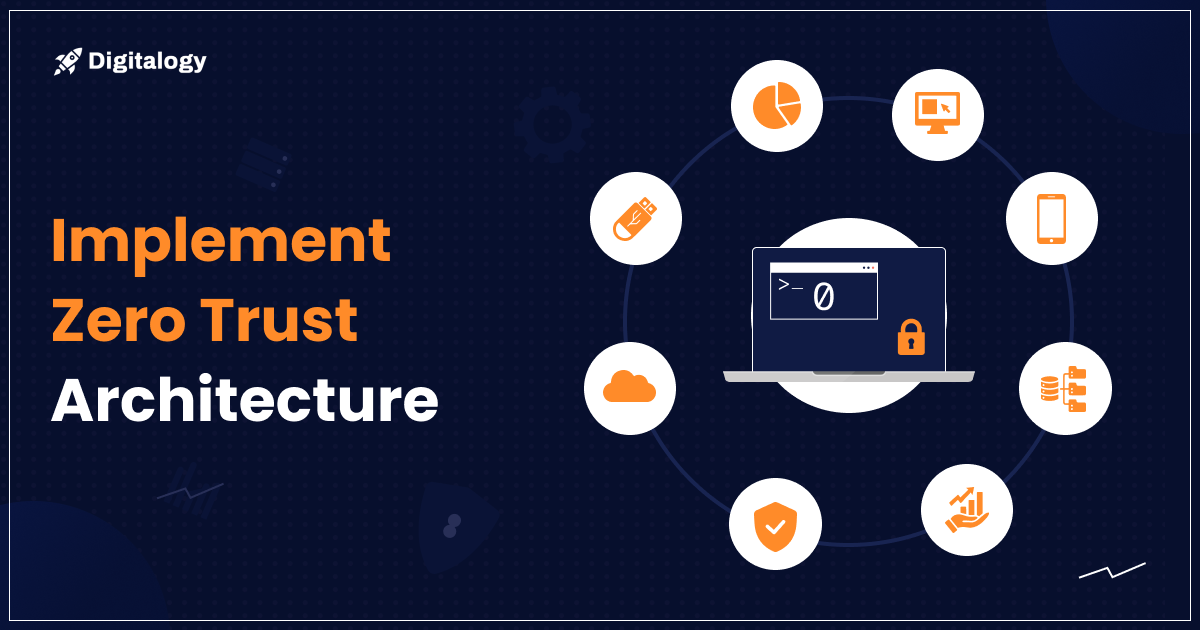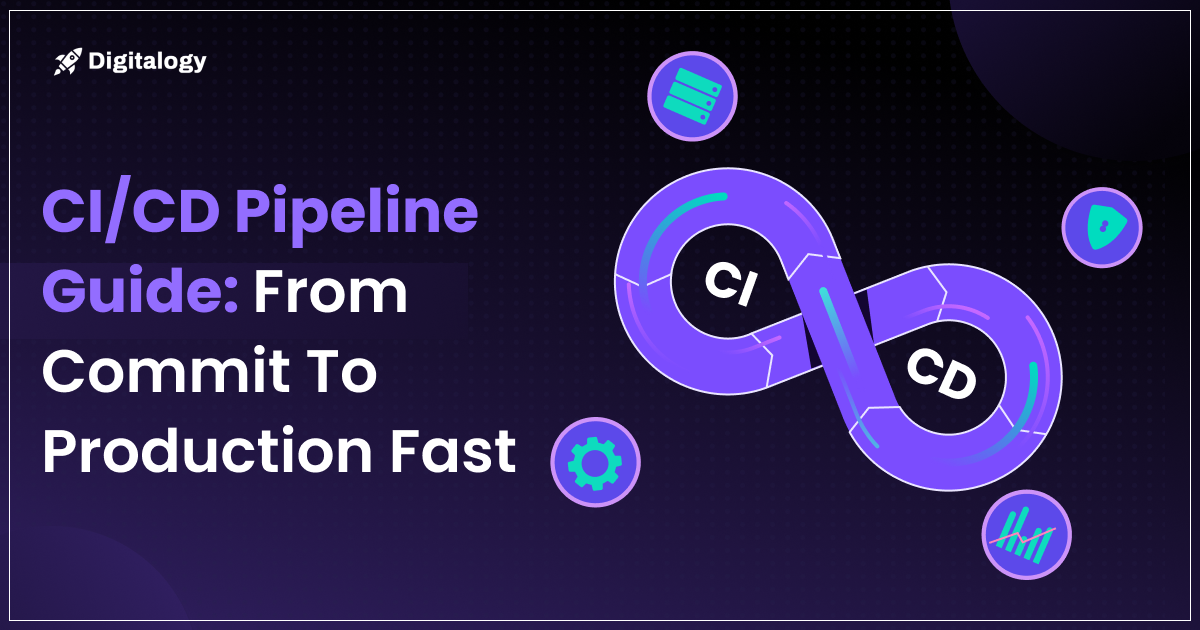Internet of Things (IoT) technology bridges physical operations with digital insights, creating opportunities for businesses to refine their processes and spark innovation. Connected devices and sensors generate precise data about everything from equipment performance to customer behaviour, letting companies spot inefficiencies and adapt quickly to changing conditions. This direct connection between physical systems and data analysis opens new possibilities for automation, monitoring, and strategic planning.
Manufacturing plants, retail stores, healthcare facilities, and logistics companies now integrate IoT solutions into their daily operations. Smart sensors track inventory levels, monitor equipment status, and measure environmental conditions. Companies use this real-time information to cut waste, improve product quality, and develop services that respond to actual customer needs. These practical applications show how IoT moves beyond technical novelty to become a vital part of modern business strategy.
Understanding IoT and Its Role in Business
There are many applications of IoT in business, as they can connect physical devices with digital networks through IoT networks, creating a web of smart objects that collect and share operational data. These interconnected systems range from simple temperature sensors to sophisticated manufacturing equipment, each adding data points to build a complete picture of business operations. Smart devices monitor conditions, track performance, and send information to central systems, letting companies spot patterns and make informed decisions.
Data flows constantly from connected devices, creating opportunities for companies to improve their operations in real-time. Each sensor and monitoring point adds to a growing pool of information that helps predict maintenance needs, optimize resource use, and identify business opportunities. Modern IoT setups need robust systems to handle this steady stream of information, making proper data management essential for success.
Core Components and Infrastructure
IoT systems consist of interconnected layers that work in harmony to gather and process information. At the foundation lie sensors and actuators that measure physical conditions and trigger responses. These connect through local and wide-area networks to central hubs that organize incoming data. Cloud platforms then analyze this information and generate actionable insights about business performance and opportunities. Modern IoT architectures combine flexibility and security, letting companies adjust their systems as needs change while protecting sensitive data.
Data Management and Analysis
Companies need specialized tools to handle the volume of information coming from IoT devices. Processing systems sort through device readings, looking for meaningful patterns and actionable insights. Modern data warehousing platforms like Google BigQuery and Amazon Redshift offer the processing power and storage capacity to manage extensive IoT data sets effectively. These systems help businesses turn device readings into actionable insight that drives improvements across processes.
Applications of IoT for Efficiency and Innovation
Business operations benefit from IoT implementation across multiple touchpoints, creating measurable improvements in productivity and cost management. Smart sensors placed throughout facilities monitor equipment status, track inventory levels, and measure resource usage in real-time. These capabilities let companies spot bottlenecks, prevent downtime, and allocate resources more effectively based on actual needs rather than estimates.
The combination of IoT with advanced analytics opens new possibilities for business growth and customer satisfaction. Companies now use sensor data to create personalized experiences and develop products that better match customer preferences. The integration of AI with IoT systems creates smarter networks that learn from patterns and adapt automatically to changing conditions.
Operational Excellence Through IoT
Manufacturing plants use IoT sensors to track production line performance and predict equipment failures before they cause delays. For instance, distribution centres can now optimize their inventory management with automated tracking systems that monitor stock levels and movement patterns. On the infrastructure end, smart building systems adjust lighting and temperature based on occupancy patterns, cutting energy costs while improving comfort.
Innovation and Customer Experience
The merger of AI with IoT creates self-learning systems, dubbed AIoT, that continuously improve their performance. These intelligent networks analyze patterns in customer behaviour, environmental conditions, and operational metrics to make automatic adjustments. From retail stores using smart shelving to track product popularity to hotels customizing room settings based on guest preferences, businesses use AIoT systems to create responsive, personalized environments.
Future-Proofing With IoT
Successful IoT implementation depends on creating flexible systems that can adapt to new business needs and technological advances. Organizations must plan their IoT infrastructure with room for growth, considering how their data needs might change as operations expand. This approach requires careful attention to system architecture, data management practices, and integration capabilities.
Smart planning helps businesses avoid common pitfalls when implementing IoT solutions. Companies need to consider how their systems will scale, integrate with new technologies, and handle increasing data volumes. Regular assessment of technology capabilities, combined with structured feedback from users and stakeholders, creates a solid base for system growth and adaptation
The Role of Data in Futureproofing
Organizations can start future-proofing by collecting and analyzing information from multiple sources to guide their IoT strategies. Regular technology assessments reveal gaps in current systems and identify opportunities for improvement. Generally, successful companies gather input from employees who use IoT tools daily and study how similar businesses handle their digital evolution. Organizations use this multi-source data approach to build IoT systems that adeptly pivot in the face of market shifts and unexpected technical advances.
Strategic Implementation Guidelines
Building lasting IoT systems starts with selecting technologies that offer both immediate benefits and long-term potential. Companies should choose platforms and tools that follow industry standards and offer clear upgrade paths. Risk management plays a vital role, with organizations needing plans for data security, system redundancy, and technical support. A methodical approach to planning protects daily operations while positioning organizations to capitalize on emerging technologies.
Final Thoughts
IoT technology gives businesses practical tools to improve operations and create better customer experiences. Smart sensors and connected devices generate specific insights about equipment performance, resource usage, and customer behaviour.
In turn, companies use this invaluable font of data to cut costs, prevent problems, and develop services that match actual customer needs. The combination of IoT with data analytics helps organizations spot patterns and make informed decisions. Businesses that implement flexible, well-planned IoT systems position themselves in a more advantageous position for future market opportunities.

